Roots and split Y maple
8 years ago
last modified: 8 years ago
Featured Answer
Sort by:Oldest
Comments (19)
Related Professionals
Mountain Brook Landscape Architects & Landscape Designers · Owings Mills Landscape Architects & Landscape Designers · Allentown Landscape Contractors · Pine Hills Landscape Contractors · Quincy Landscape Contractors · Wanaque Landscape Contractors · Tyngsboro Landscape Contractors · Charlotte Siding & Exteriors · Oak Creek Siding & Exteriors · Rochester Siding & Exteriors · Rockford Siding & Exteriors · South Windsor Siding & Exteriors · Carlisle Decks, Patios & Outdoor Enclosures · Fort Mill Decks, Patios & Outdoor Enclosures · Jackson Decks, Patios & Outdoor Enclosures- 8 years ago
- 8 years ago
- 8 years ago
- 8 years ago
- 8 years ago
Related Stories

TREES11 Japanese Maples for Breathtaking Color and Form
With such a wide range to choose from, there’s a beautiful Japanese maple to suit almost any setting
Full Story
TREESGreat Design Plant: Coral Bark Japanese Maple, a Winter Standout
Go for garden gusto during the chilly season with the fiery red stems of this unusual Japanese maple
Full Story
GARDENING GUIDES12 Japanese Maples for a Sunny Garden
The right maple in the right place shines in hot summer sun
Full Story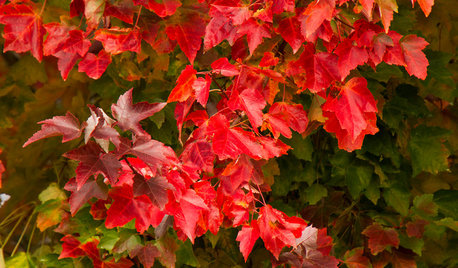
TREESGreat Design Plant: Acer Rubrum Brings Shade and Beauty
Red maple — a fast-growing, low-maintenance Eastern native — has spectacular fall foliage and early-spring flowers that feed pollinators
Full Story
FALL GARDENING6 Trees You'll Fall For
Don’t put down that spade! Autumn is the perfect time for planting these trees
Full Story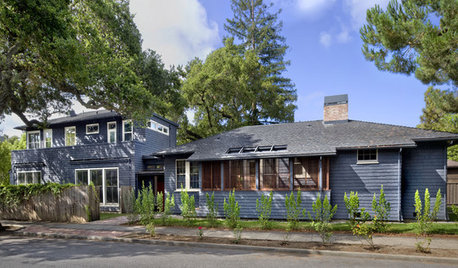
ARCHITECTUREStyle Divide: How to Treat Additions to Old Homes?
One side says re-create the past; the other wants unabashedly modern. Weigh in on additions style here
Full Story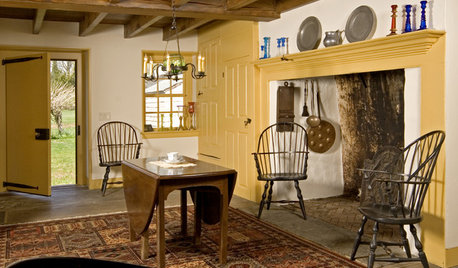
TRADITIONAL ARCHITECTURESo Your Style Is: Early American
The people we know as Pilgrims set the style stage back in 1620
Full Story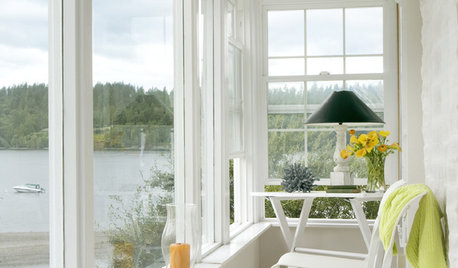
DECORATING GUIDESSo Your Style Is: Coastal
Bright and breezy, coastal style transports you straight to the beach no matter where you call home
Full Story
LANDSCAPE DESIGNThe Unparalleled Power of Trees
Discover the beauty and magic of trees, and why a landscape without them just isn't the same
Full Story
GARDENING GUIDESGreat Design Plant: Bugle Weed, a Quick Ground Cover
It’s highly adaptable, suppresses weeds, reduces erosion and provide weeks of bright flowers. Just watch for invasiveness
Full Story





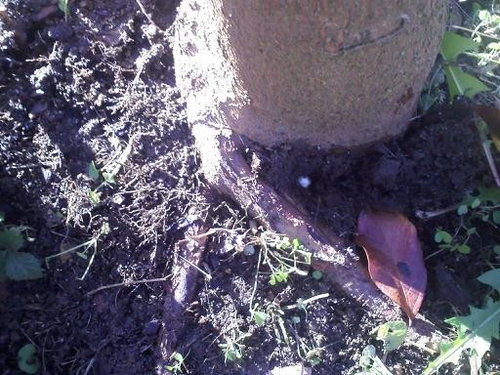
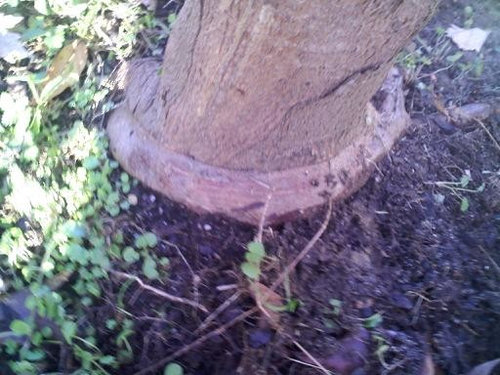

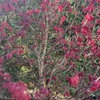
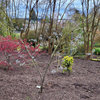
Select Landscapes of Iowa